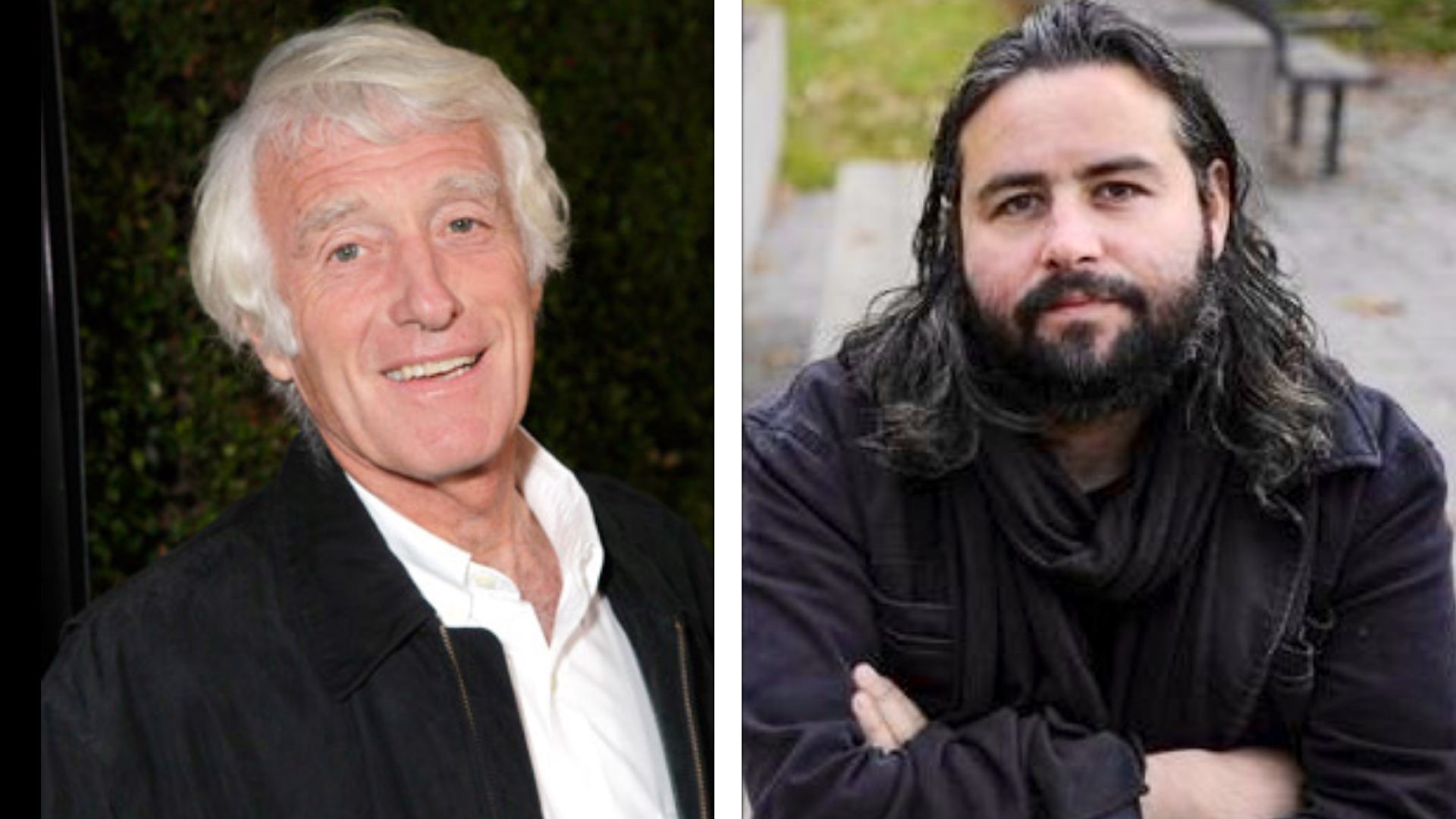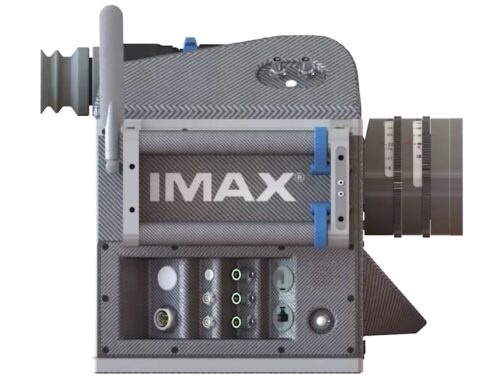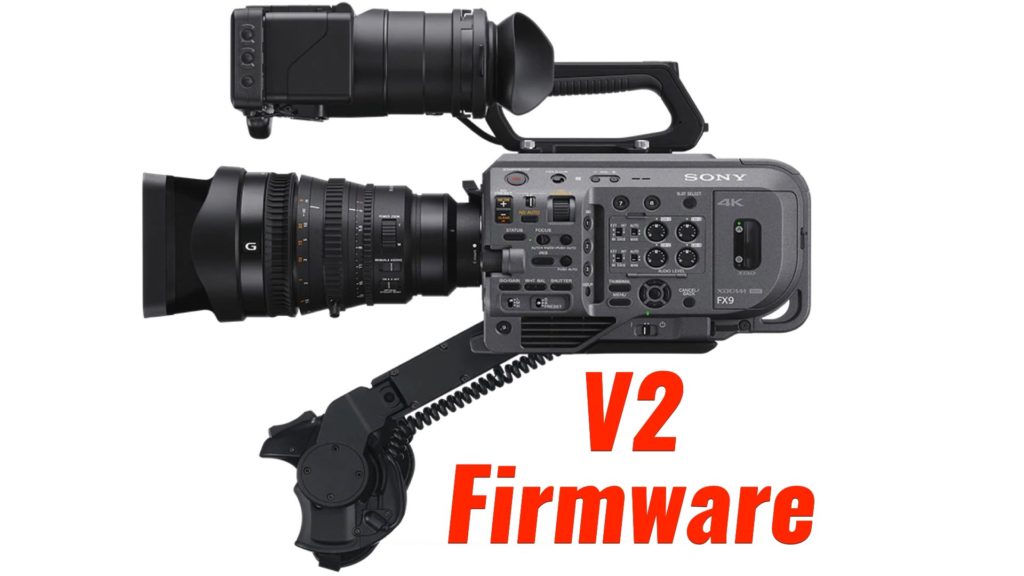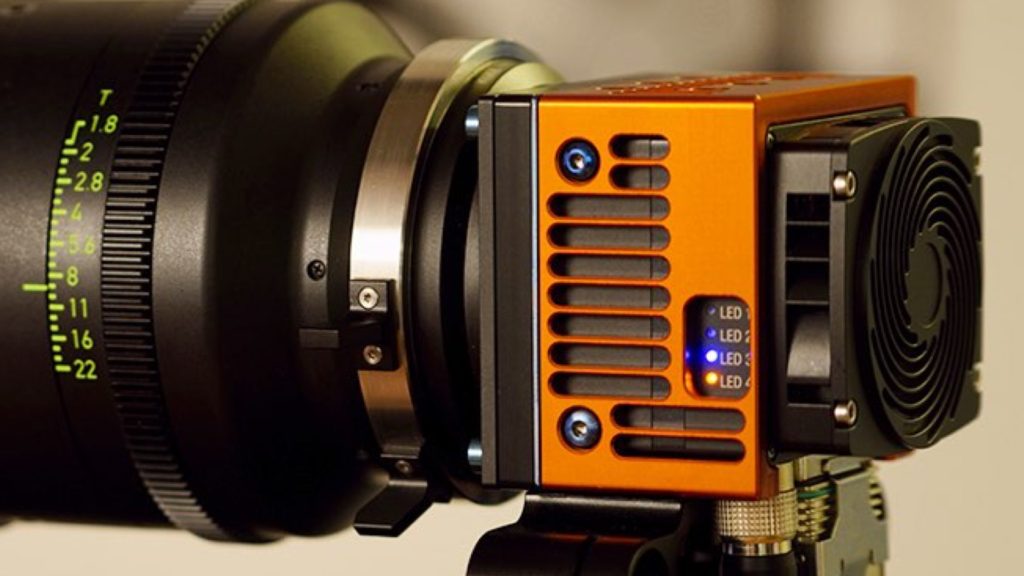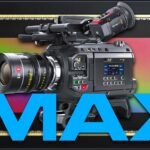Here’s another fascinating filmmaking discussion by Team Deakins, this time with acclaimed cinematographer Hoyte van Hoytema, which is known as the cinematographic weapon of choice of Christopher Nolan. The conversation circulates around his starting point, career development, and of course, operating the IMAXs in Christopher Nolan’s blockbusters.
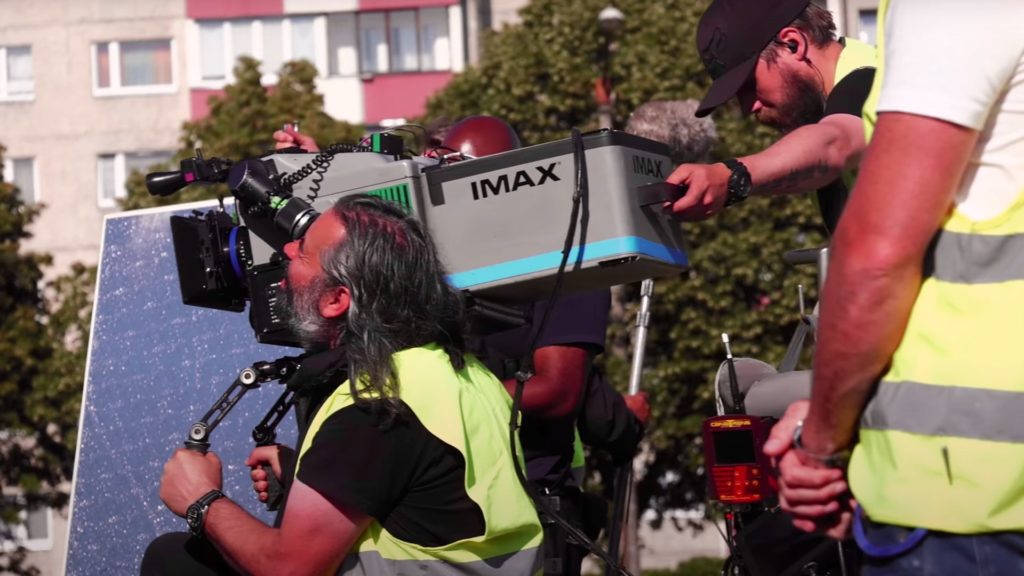
Team Deakins with Hoyte van Hoytema
Hoyte van Hoytema, ASC, FSF, NSC is a Swiss-born Dutch-Swedish cinematographer who studied at the National Film School in Łódź, Poland. In this podcast, he shares his experience of working with directors mainly Christopher Nolan. Also, he talks about the value of shooting as much as possible in-camera and how he approaches lenses, often creating a set specifically for a movie. The most awe-inspiring part is when Hoyte talks about the IMAX as a fantastic tool to tell the story, and why filmmakers should not be afraid of this 65mm film monster. Listen to all podcasts below. Underneath are our highlights.
Working together with Nolan
Hoyte is known for his work on The Fighter (2010), Her (2013), Interstellar (2014), and Dunkirk (2017). He is a member of the Netherlands Society of Cinematographers (NSC) and the Swedish Society of Cinematographers (FSF). The most anticipated film of the summer, Tenet, was Hoyte and Nolan’s third mutual project, after blockbusters like Interstellar and Dunkirk. In the podcast, Hoyte has been talking about his cinematic partnership with Nolan. He elaborates on big-budget movies like their first project, Interstellar. “Somehow, the big-budget movies that I worked with are not much of a difference from low-budget, as the filmmaking discussions are the same,” Hoyte says. Also, Hoyte elaborates on the importance of choosing the right director for the job. “It all started from the core, which working with a good filmmaker/director is the most crucial fundamental of a project” he adds.
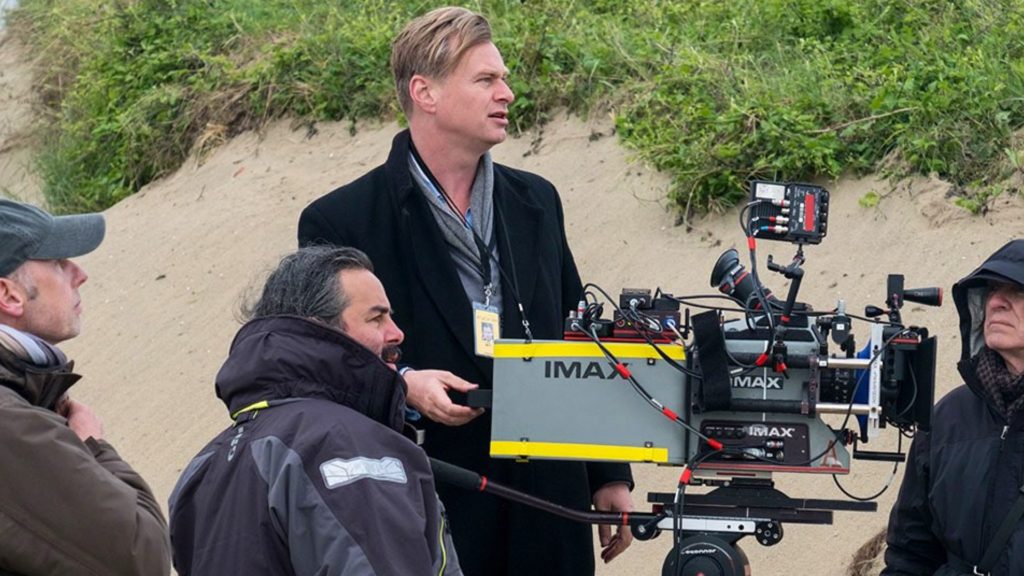
Somehow, the big-budget movies that I worked with are not much of a difference from low-budget, as the filmmaking discussions are the same.
Cinematographer Hoyte van Hoytema
Big budget cinematography
Hoyte also talks about single-camera films. The single-camera methodology is being embraced even in big-budget projects. According to Hoyte, Christopher Nolan adopts the single-camera concept. Indeed, Nolan applies the single-camera method which focuses on what one camera captures to tell the story. The method allows a definite angle and well-crafted shot that can be absorbed by the camera, which is an IMAX in most cases.
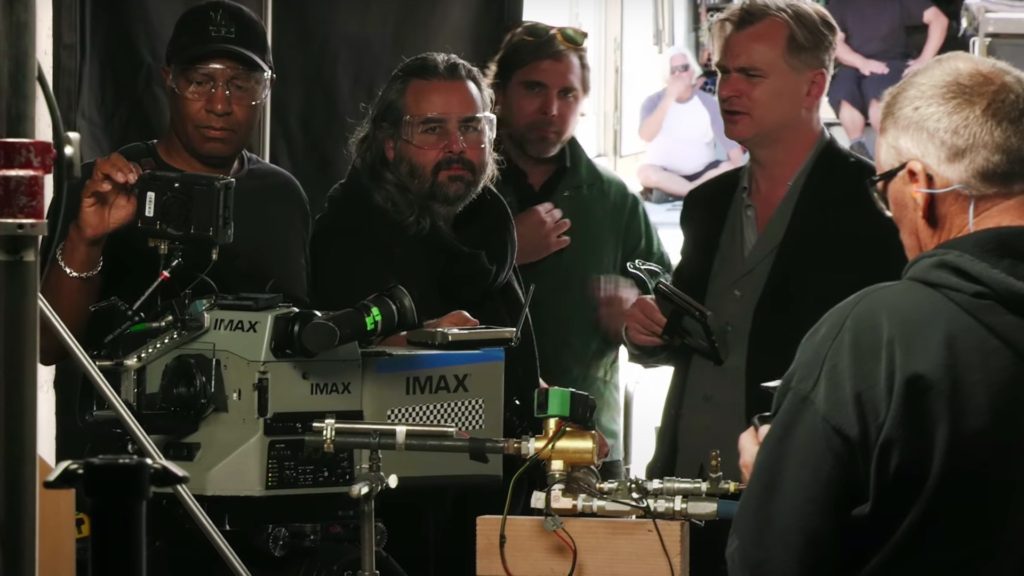
The working process with Nolan
One of the questions Roger asks is what’s like to work with Nolan in a complex filmmaking environment. Hoyte says that Nolan is an extremely well-prepared director, with a vast overview and a producer mind. The creative process is technology-based. Sometimes the crew R&D-ing special lenses and rigs to execute the precise imagery, especially when CGI is minimized. According to Hoyte, the relationship between him and Nolan are based on intuition, because Nolan has a significant filmmaking intuition and secure feeling that contributes to its confidence in the process. Hoyte says that there’s not much of a storyboarding involved because it’s based on Nolan’s instincts.
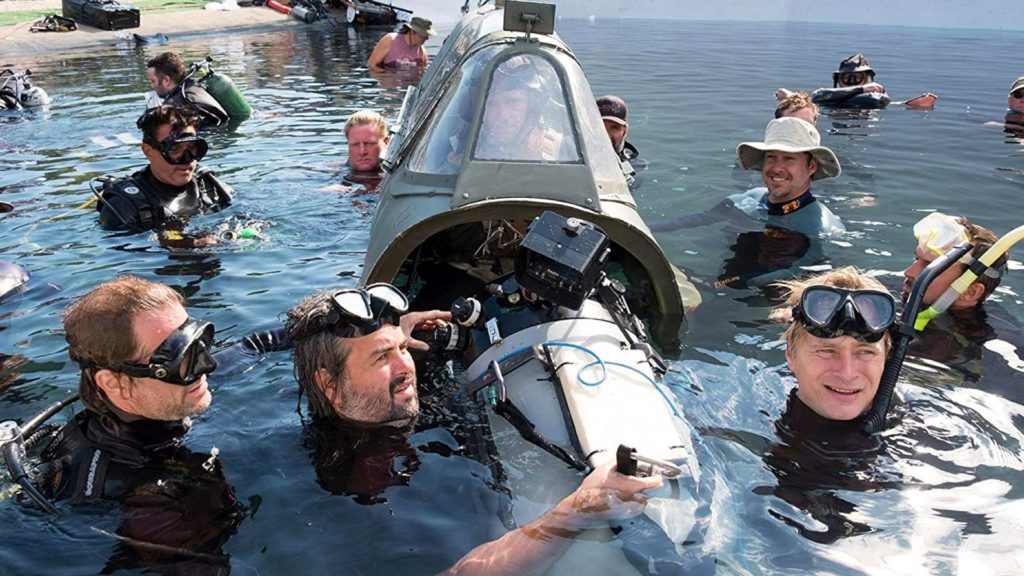
Working with IMAX cameras: A trade-off?
In the interview, Roger asks Hoyte about the trade-off when working with huge, heavy, and cumbersome cameras like IMAX. Roger has mentioned indirectly the ALEXA Mini LF compact form factor on his 1917 that facilitated the shots and made them more documentary style, which is the opposite when shooting with IMAX. Hoyte has agreed with that statement and said that the form factor of the IMAX restricts shooting style. However, Hoyte said that filmmakers can learn to work with those restrictions and utilize them. In fact, those limitations can lead to something great. In IMAX, almost every setup has to be carefully engineered. However, it can be worthwhile because the image quality is truly amazing and unique. IMAX is not so difficult to shoot with, Hoyte adds and talks a bit on his masterclasses about the IMAX cameras (“IMAX for dummies”).
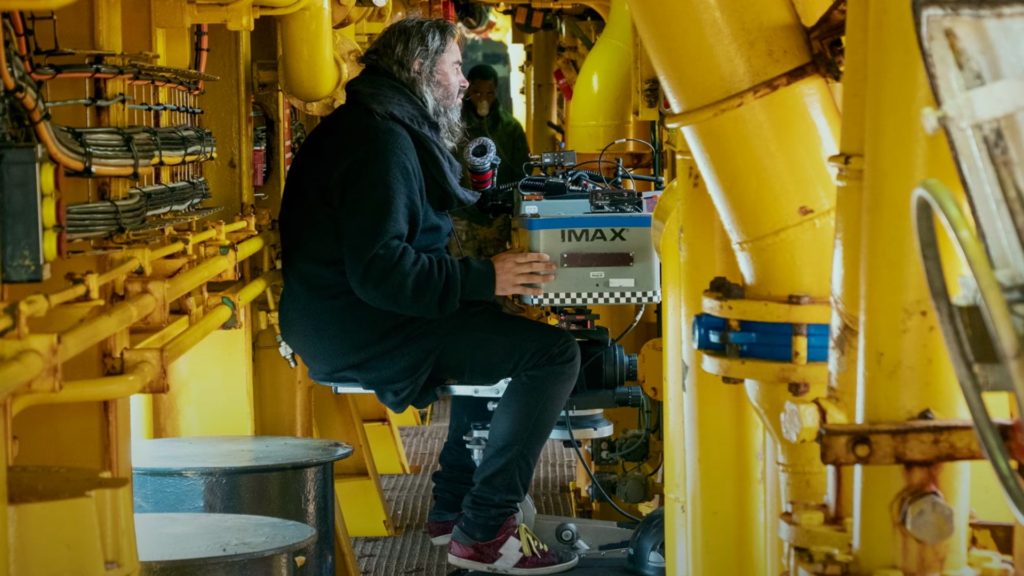
Listen to the whole podcast on the player below. Also, check out the Team Deakins website for more educational gems like this.


